5 Landmarks In Rome That Fell Flat And 8 Icons That Still Impress
Rome is packed with history, beauty, and world-famous landmarks—but not every stop on the tourist trail is as impressive as you’d expect. Some places absolutely live up to the hype, with unforgettable views and powerful stories behind them.
Others feel overcrowded, underwhelming, or like you’re just ticking a box. Knowing what to expect can make the difference between a wow moment and a why-did-we-come-here one.
1. The Spanish Steps
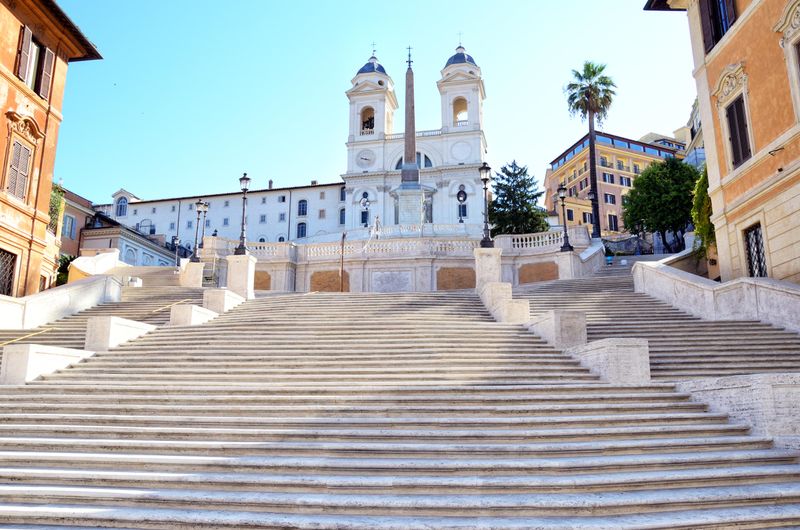
Climbing these famous stairs often feels like navigating through a human obstacle course rather than experiencing a historic landmark. The Spanish Steps attract massive crowds who sit, snap photos, and generally block the view.
Built in the 18th century, this stairway connects Piazza di Spagna with the church above. Despite their fame, they’re essentially just stairs with little to distinguish them beyond their appearance in classic films.
2. Piazza Venezia

Traffic swirls chaotically around this busy intersection while tourists look confused about what they’re supposed to be admiring. The square serves more as a transit hub than a destination worth lingering in.
Piazza Venezia sits at the heart of Rome, dominated by the massive white Victor Emmanuel II Monument. Despite its central location, most travelers simply pass through on their way to more compelling attractions.
3. Bocca Della Verità (Mouth Of Truth)
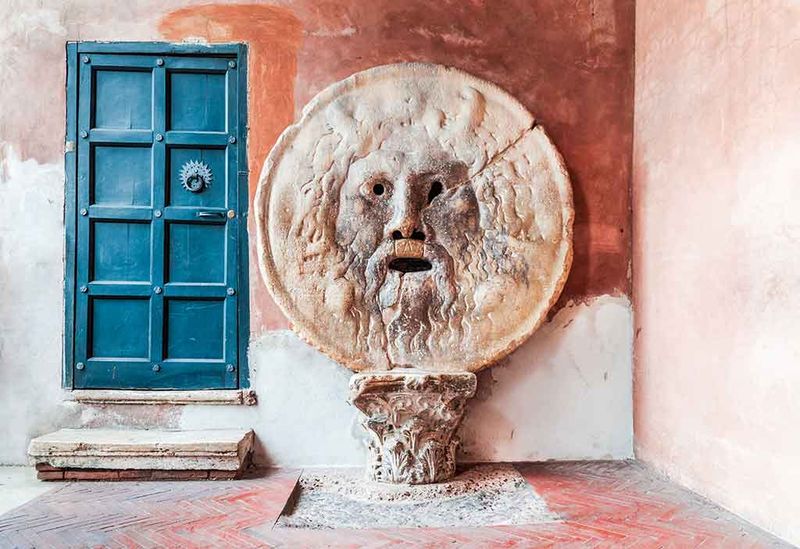
Waiting in a long line for a quick photo op leaves many wondering if it was worth the time investment. This ancient stone face mounted on a wall attracts visitors solely for a single posed picture.
The Bocca della Verità gained fame through the movie “Roman Holiday.” Legend claims it would bite the hands of liars, but today it’s just a brief stop where tourists quickly rotate through for their Instagram moment.
4. Via Del Corso
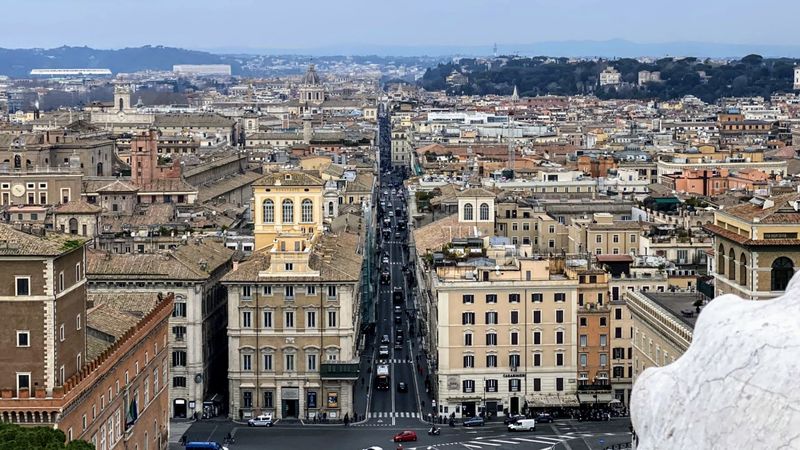
Expecting a charming Italian shopping street? You’ll find a congested thoroughfare filled with mostly international chain stores. The pedestrian-packed sidewalks make window shopping more stressful than enjoyable.
Via del Corso stretches for over a kilometer through Rome’s center. While historically significant, today it resembles any European high street, lacking the distinctive Roman character visitors hope to experience.
5. Circus Maximus
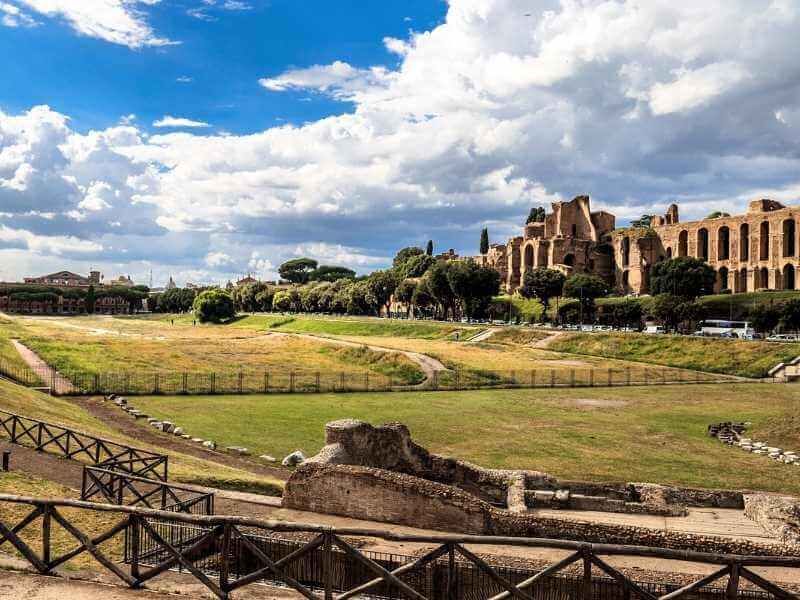
What once hosted epic chariot races now appears as little more than an elongated grassy field with minimal visible ruins. First-time visitors often stand at the edge, squinting to imagine the grandeur that once existed here.
Circus Maximus was ancient Rome’s largest stadium, seating an estimated 250,000 spectators. Today, without a guide or strong historical imagination, you might walk right past without recognizing its significance.
6. Colosseum

Standing before this massive ancient amphitheater instantly transports you back to the days of gladiators and roaring crowds. Its immense stone arches and towering walls command respect even after two millennia.
The Colosseum remains Rome’s most recognizable symbol. Despite earthquake damage and stone pillaging over centuries, its remarkable preservation allows visitors to visualize the spectacles that once entertained 50,000 Romans.
7. Pantheon
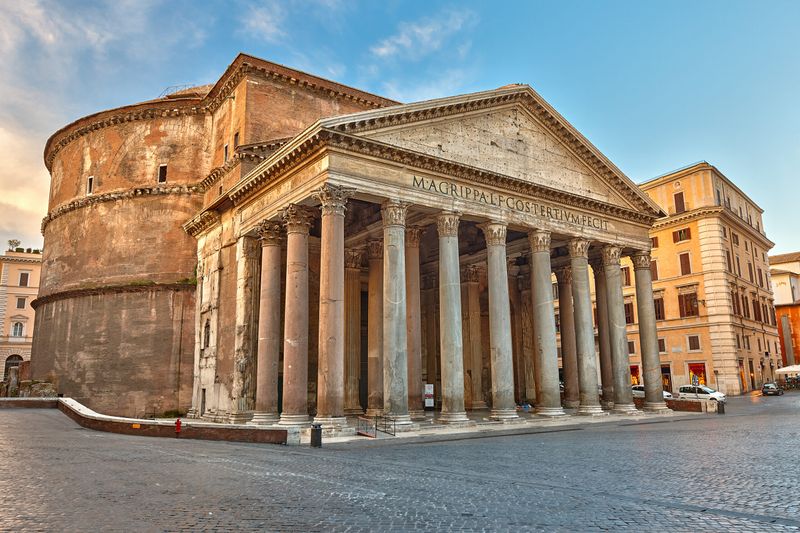
Walking through the massive bronze doors reveals an engineering marvel that still defies explanation. The perfect dome with its central oculus creates a breathtaking play of light that changes throughout the day.
The Pantheon has stood for nearly 2,000 years with the world’s largest unreinforced concrete dome. Its mathematical precision and perfect proportions continue to influence architecture worldwide, while its preservation remains unmatched among ancient Roman buildings.
8. St. Peter’s Basilica
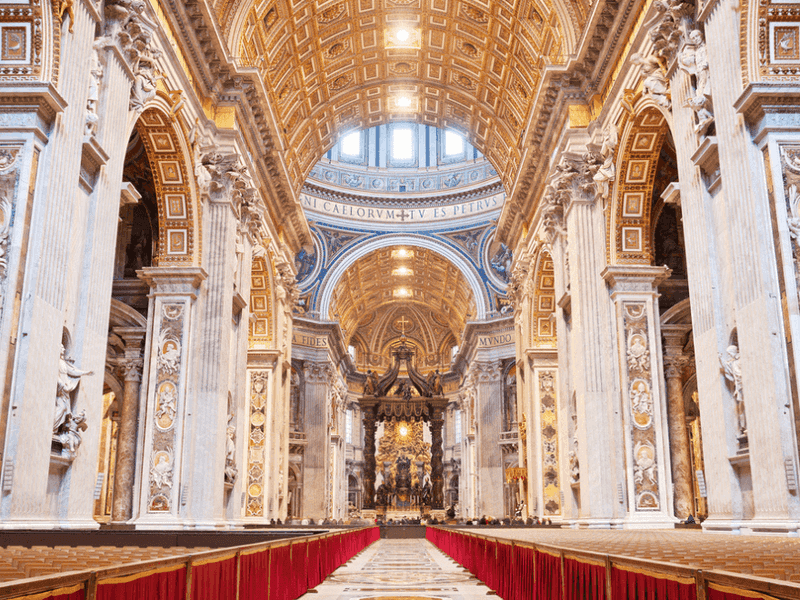
Gazing upward at the soaring ceiling creates an almost otherworldly experience of grandeur and spiritual significance. Marble gleams everywhere while masterpieces by Renaissance legends adorn every corner.
St. Peter’s Basilica represents the pinnacle of Renaissance architecture and art. The sheer scale overwhelms first-time visitors, who often stand speechless before Michelangelo’s Pietà and beneath Bernini’s magnificent bronze baldachin.
9. Roman Forum
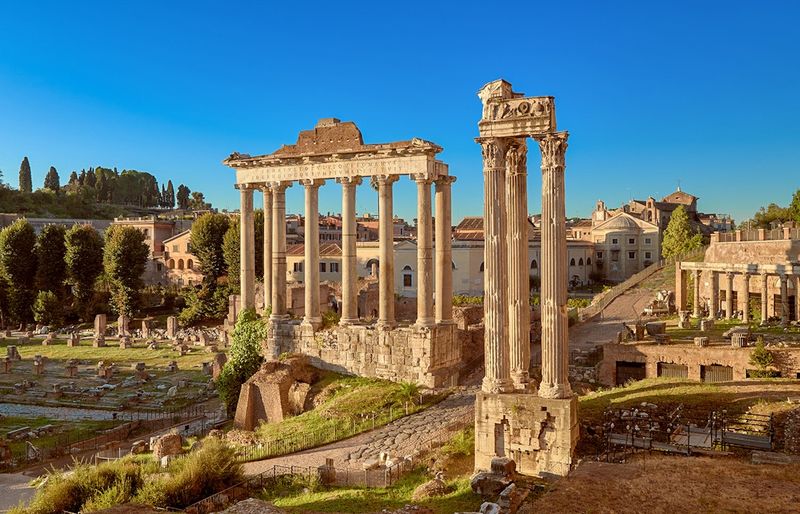
Ancient columns rise from the earth like silent witnesses to the birth of Western civilization. Walking these storied pathways puts you directly in the footsteps of emperors, senators, and ordinary Romans from two millennia ago.
The Roman Forum served as the heart of public life for centuries. Despite being reduced to ruins, its scattered temples, basilicas, and arches still convey the political and social significance that made Rome the center of the ancient world.
10. Trevi Fountain
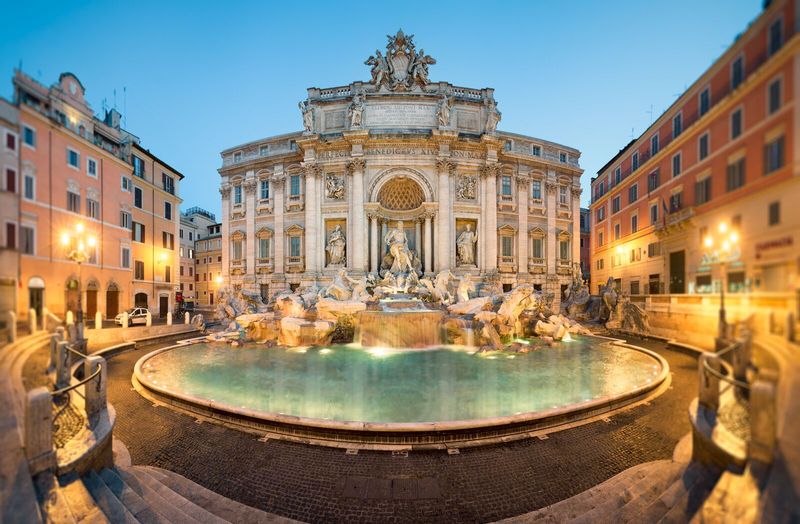
Water cascades dramatically over marble gods and mythological figures in this baroque masterpiece that exceeds expectations in person. The fountain’s scale and artistry surprise even those who’ve seen it countless times in movies and photographs.
The Trevi Fountain draws visitors day and night to toss coins and ensure their return to Rome. Completed in 1762, it marks the terminal point of an ancient Roman aqueduct that still supplies its crystal-clear water.
11. Castel Sant’Angelo
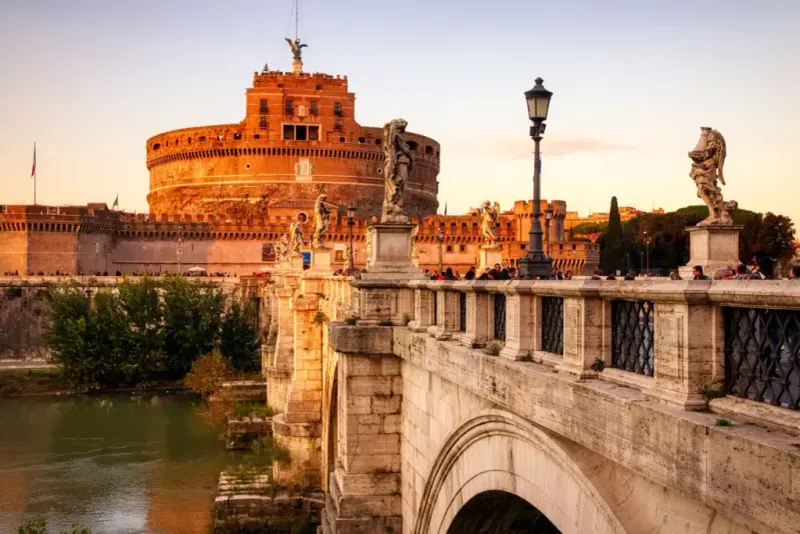
Rising majestically alongside the Tiber River, this cylindrical fortress offers a journey through Rome’s layered history. Originally built as Emperor Hadrian’s mausoleum, it later served as a papal refuge, prison, and military headquarters.
Castel Sant’Angelo rewards visitors with a stunning rooftop terrace overlooking Rome. The panoramic views of St. Peter’s Basilica and the historic center provide one of the city’s most memorable vantage points.
12. Vatican Museums & Sistine Chapel
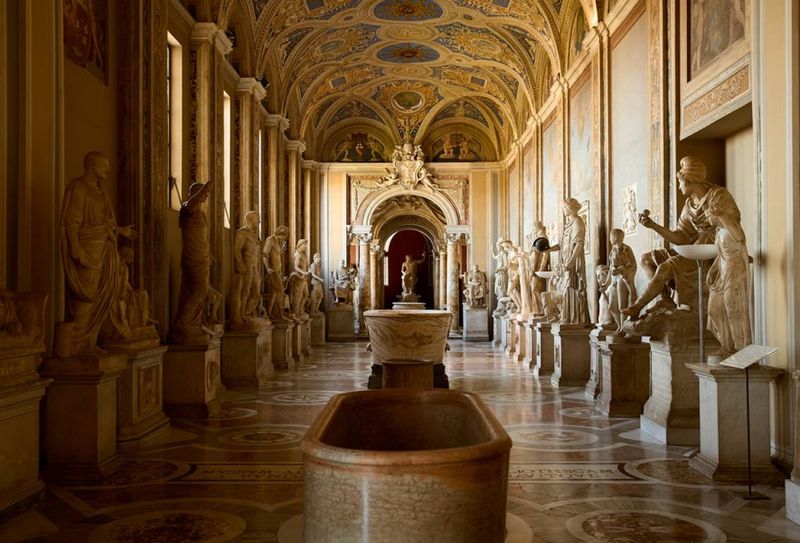
Masterpieces line seemingly endless corridors in this treasure house of Western art. Each room presents another jaw-dropping collection that would be the centerpiece of any other museum in the world.
The Vatican Museums culminate in Michelangelo’s Sistine Chapel, where visitors inevitably tilt their heads back in wonder. Despite the crowds, the artistic achievement visible on these walls and ceiling creates a profound, once-in-a-lifetime experience.
13. Piazza Navona
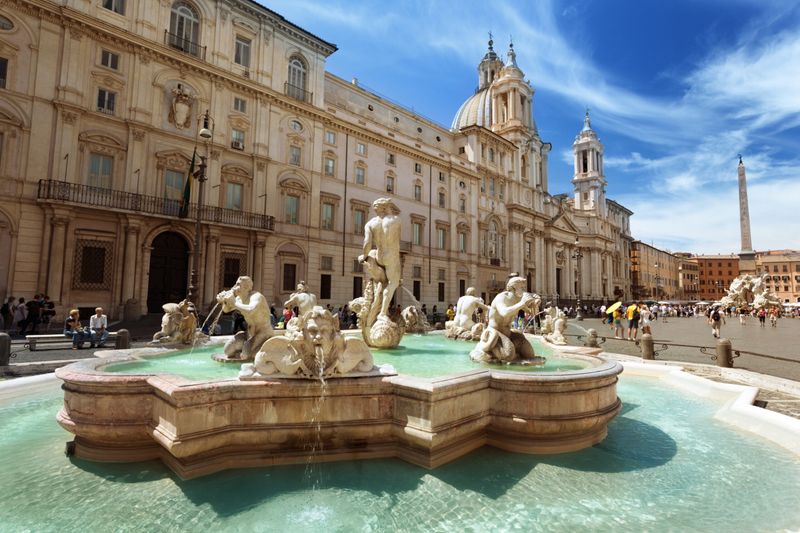
Baroque fountains splash and burble at the heart of this elongated square where street artists, musicians, and cafe-goers create a lively atmosphere. Built over an ancient stadium, the piazza retains its distinctive oval shape.
Piazza Navona centers around Bernini’s Fountain of the Four Rivers, a sculptural masterpiece representing major world rivers. The square transforms throughout the day, from a peaceful morning spot to a vibrant evening gathering place for both locals and visitors.
